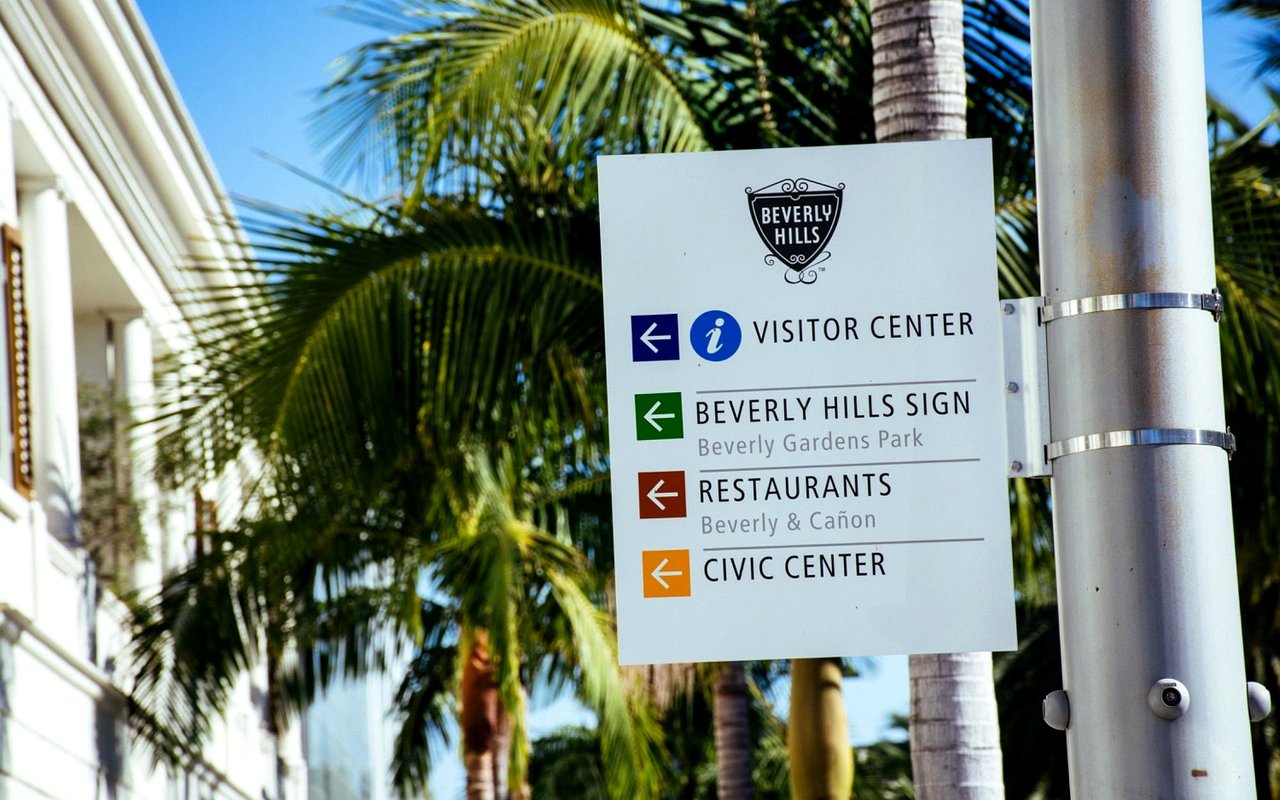A home remodel can be both exciting and overwhelming. Whether you're updating a single room or giving your entire house a facelift, the process requires careful planning, budgeting, and execution. With the right remodeling tips, you can transform your space into a dream home without unnecessary stress or surprises. Here’s a comprehensive guide to ensure your renovation is a success.
1. Plan Before You Start
One of the most critical remodeling tips is to plan meticulously before swinging the first hammer. Start by defining your goals and what you want to achieve with the renovation. Are you looking to increase your home's value, improve functionality, or simply update its aesthetics?
Once you have a clear vision, create a detailed plan. This should include a budget, timeline, and a list of priorities. Break down the project into manageable phases, especially if it’s extensive. Detailed planning helps prevent scope creep, unexpected costs, and delays.
Once you have a clear vision, create a detailed plan. This should include a budget, timeline, and a list of priorities. Break down the project into manageable phases, especially if it’s extensive. Detailed planning helps prevent scope creep, unexpected costs, and delays.
2. Set a Realistic Budget
Setting a realistic budget is crucial for a successful renovation. It's easy to get carried away with grand ideas, but staying financially grounded will save you from headaches later. Research the costs of materials, labor, permits, and any other expenses that might arise. Always add a contingency fund of at least 10-20% to cover unexpected costs.
Obtain multiple quotes from contractors and compare them carefully. Remember that the cheapest option isn’t always the best. Quality workmanship and materials often pay off in the long run.
Obtain multiple quotes from contractors and compare them carefully. Remember that the cheapest option isn’t always the best. Quality workmanship and materials often pay off in the long run.
3. Choose the Right Contractor
One of the most important remodeling tips is selecting the right contractor. Look for contractors with a solid reputation, proper licensing, and insurance. Ask for references and check their previous work. Finding someone who communicates well and understands your vision is also beneficial.
Sign a detailed contract that outlines the scope of work, timeline, payment schedule, and warranties. This protects you and the contractor and ensures everyone is on the same page.
Sign a detailed contract that outlines the scope of work, timeline, payment schedule, and warranties. This protects you and the contractor and ensures everyone is on the same page.
4. Focus on Functionality and Design
Balancing functionality with design is key to a successful home remodel. While aesthetics are important, practical considerations should not be overlooked. Think about how you use your space daily and what changes will improve your lifestyle.
For instance, if you’re remodeling your kitchen, consider the work triangle (the optimal distance between the stove, sink, and refrigerator). In bathrooms, focus on durable, water-resistant materials and good ventilation. Functional improvements can significantly enhance your home's comfort and value.
For instance, if you’re remodeling your kitchen, consider the work triangle (the optimal distance between the stove, sink, and refrigerator). In bathrooms, focus on durable, water-resistant materials and good ventilation. Functional improvements can significantly enhance your home's comfort and value.
5. Prioritize High-Impact Areas
If your budget is limited, focus on high-impact areas that offer the most significant return on investment. Kitchens and bathrooms typically provide the best ROI, as these are crucial selling points for potential buyers.
Simple updates like modernizing fixtures, adding new countertops, and refreshing cabinetry can make a big difference. Additionally, don’t underestimate the power of curb appeal. Exterior improvements like new siding, landscaping, or a fresh coat of paint can dramatically enhance your home's appearance.
Simple updates like modernizing fixtures, adding new countertops, and refreshing cabinetry can make a big difference. Additionally, don’t underestimate the power of curb appeal. Exterior improvements like new siding, landscaping, or a fresh coat of paint can dramatically enhance your home's appearance.
6. Invest in Quality Materials
Quality materials may cost more upfront, but they offer better durability and a superior finish. Invest in high-quality flooring, cabinetry, countertops, and fixtures. These elements endure daily wear and tear, and opting for quality ensures they look good and function well for years to come.
When selecting materials, also consider their maintenance requirements. Choose easy to clean and maintain options, saving you time and effort in the long run.
When selecting materials, also consider their maintenance requirements. Choose easy to clean and maintain options, saving you time and effort in the long run.
7. Stay Flexible
Even with meticulous planning, renovations can bring surprises. Walls might hide issues like plumbing or electrical problems that need addressing. Stay flexible and be prepared to adjust your plans and budget as needed.
Maintain open communication with your contractor to address any issues promptly. Flexibility and adaptability are vital for keeping the project on track and avoiding unnecessary stress.
Maintain open communication with your contractor to address any issues promptly. Flexibility and adaptability are vital for keeping the project on track and avoiding unnecessary stress.
8. Incorporate Energy-Efficient Upgrades
Energy-efficient upgrades benefit the environment and reduce utility bills. Consider installing energy-efficient windows, doors, and appliances. Improved insulation and smart thermostats can further enhance your home's efficiency.
Look into possible tax credits or rebates for energy-efficient upgrades in your area. These incentives can help offset the initial investment costs.
Look into possible tax credits or rebates for energy-efficient upgrades in your area. These incentives can help offset the initial investment costs.
9. Don’t Overlook Small Details
Small details can greatly impact your home's overall look and feel. Pay attention to elements like lighting, hardware, and paint colors. These finishing touches can tie the design together and add personality to your space.
Consider layering your lighting with ambient, task, and accent lights to create a warm and inviting atmosphere. Choosing the right hardware for cabinets and doors can also elevate the design.
Consider layering your lighting with ambient, task, and accent lights to create a warm and inviting atmosphere. Choosing the right hardware for cabinets and doors can also elevate the design.
10. Communicate Clearly and Regularly
Clear and regular communication with your contractor and any other professionals involved is essential. Schedule regular check-ins to discuss progress, address concerns, and make decisions.
Document any changes to the original plan and keep track of expenses and timelines. Good communication helps ensure everyone is aligned and can prevent misunderstandings.
Document any changes to the original plan and keep track of expenses and timelines. Good communication helps ensure everyone is aligned and can prevent misunderstandings.
11. Focus on Safety
Safety should always be a top priority during a renovation. Ensure that the worksite is secure and that all safety protocols are followed. If you’re living in the home during the renovation, set up a safe, livable space away from the construction area.
To prevent accidents, keep children and pets away from the worksite. Additionally, ensure that all electrical and plumbing work complies with local codes to avoid future issues.
To prevent accidents, keep children and pets away from the worksite. Additionally, ensure that all electrical and plumbing work complies with local codes to avoid future issues.
12. Plan for the Future
When remodeling, think long-term. Choose timeless designs and materials that will remain stylish and functional for years. Avoid overly trendy choices that might quickly become outdated.
Consider your future needs as well. If you plan to age in place, incorporate universal design principles such as wider doorways, lower countertops, and step-free showers.
Consider your future needs as well. If you plan to age in place, incorporate universal design principles such as wider doorways, lower countertops, and step-free showers.
13. Stay Organized
Organization is key to a smooth renovation process. Keep all contracts, receipts, and correspondence in one place for easy reference. Use project management tools or apps to track progress, deadlines, and expenses.
Create a detailed schedule and checklist to stay on top of tasks. Staying organized helps you manage the project efficiently and ensures nothing falls through the cracks.
Create a detailed schedule and checklist to stay on top of tasks. Staying organized helps you manage the project efficiently and ensures nothing falls through the cracks.
14. Enjoy the Process
Finally, remember to enjoy the process. Renovating your home is an opportunity to create a space that reflects your personality and meets your needs. While it can be stressful at times, focusing on the end result and celebrating small milestones can make the journey more enjoyable.
Work with Jordan Pollack
For personalized advice, expert remodeling tips, and invaluable real estate guidance, Jordan Pollack is your go-to resource. Whether you're planning a minor update or a major renovation in West Hollywood, CA, Jordan Pollack can connect you with industry professionals who can make your home remodel a success. And if you plan to list your home on the market, Jordan can implement data-proven marketing and negotiation strategies to ensure you get the most out of your sale.
*Header image courtesy of Jordan Pollack
*Header image courtesy of Jordan Pollack




